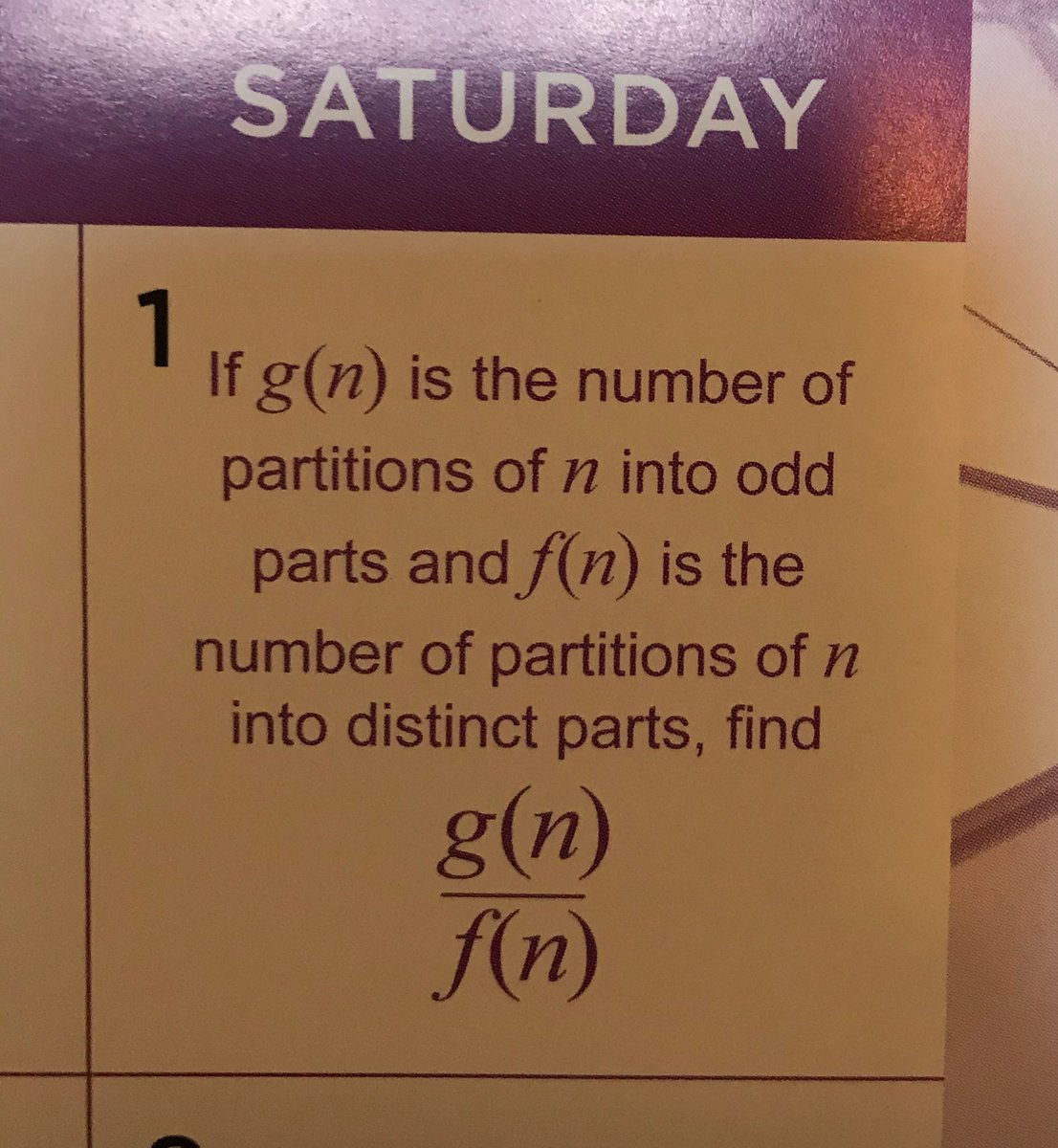
@LarrySchweikart My take:
SCOTUS must not be seen to play favourites - yet has an obligation to ensure that corruption is voided.
So wherever widespread and continuous failure to observe due process (as per State law) is seen, void all ballots from that county / counting centre.
1/
SCOTUS must not be seen to play favourites - yet has an obligation to ensure that corruption is voided.
So wherever widespread and continuous failure to observe due process (as per State law) is seen, void all ballots from that county / counting centre.
1/
@LarrySchweikart If the number of voided counties exceeds more than 1 or 2, then void the entire election for the State.
In the case of House and Senate representatives, require special elections.
2/
In the case of House and Senate representatives, require special elections.
2/
@LarrySchweikart For Presidential Electors, legislation now in effect gives the State legislature responsibility and authority to select the State's slate of Electors - as per the original Constitutional design.
3/
3/
@LarrySchweikart If this is done quickly enough, the State Legislature could try to run another election - again all per the legislation now already in effect.
If not, they get to make the choice as they can.
4/
If not, they get to make the choice as they can.
4/
@LarrySchweikart This has the effect of,
as per the original constitutional design,
removing capability for selecting the Electors from the State/County Executives and restoring it to where the Founders intended: the State Legislators
/5
as per the original constitutional design,
removing capability for selecting the Electors from the State/County Executives and restoring it to where the Founders intended: the State Legislators
/5
@LarrySchweikart Depending on how Legislatures do their business, this may or may not thrill either party.
But it:
- is consistent with existing legislation;
- avoids partisan decisions being forced on SCOTUS; and
- removes from State/County Executives an authority/capability they shouldn't have
But it:
- is consistent with existing legislation;
- avoids partisan decisions being forced on SCOTUS; and
- removes from State/County Executives an authority/capability they shouldn't have
@LarrySchweikart In the case of Senate and House representatives - any State that continues to run elections so corrupt that they are thrown out over and over - then they sit without representation in Congress until they get their act together.
/7
/7
@LarrySchweikart Once again SCOTUS is not forced to make partisan selections, while still as unbiased referee enabled to punish corrupt practices.
/8
/8
@LarrySchweikart @threadreaderapp unroll
• • •
Missing some Tweet in this thread? You can try to
force a refresh




